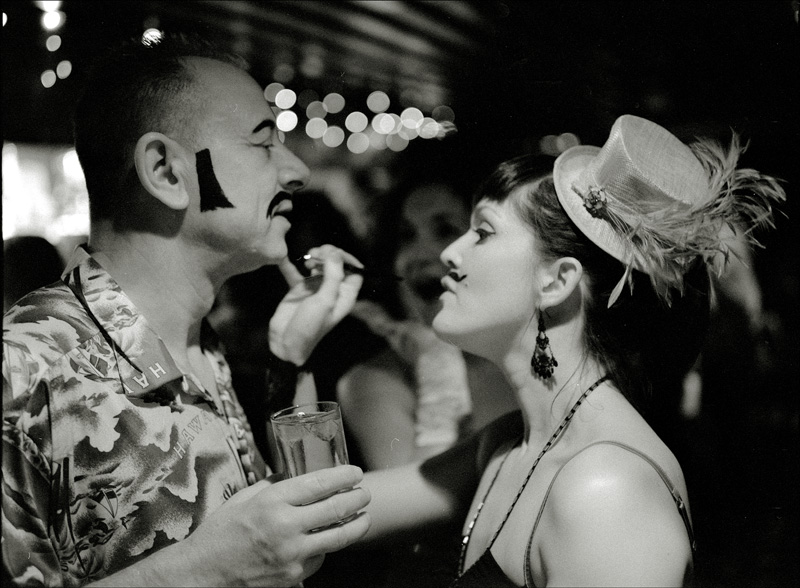Keith
The best camera is one that still works!
I'm not a huge fan of this film but I have noticed it seems to handle over exposure really well and this has become very noticable when using it in my Widelux. The camera's smallest aperture is F11 and it's fastest shutter speed is 1/250 so at sunny sixteen it's being over exposed by two stops and I expected it to look awfull in these conditions ... but not so!
Is Tri-X as forgiving ... or Neopan for that matter?
Is Tri-X as forgiving ... or Neopan for that matter?




